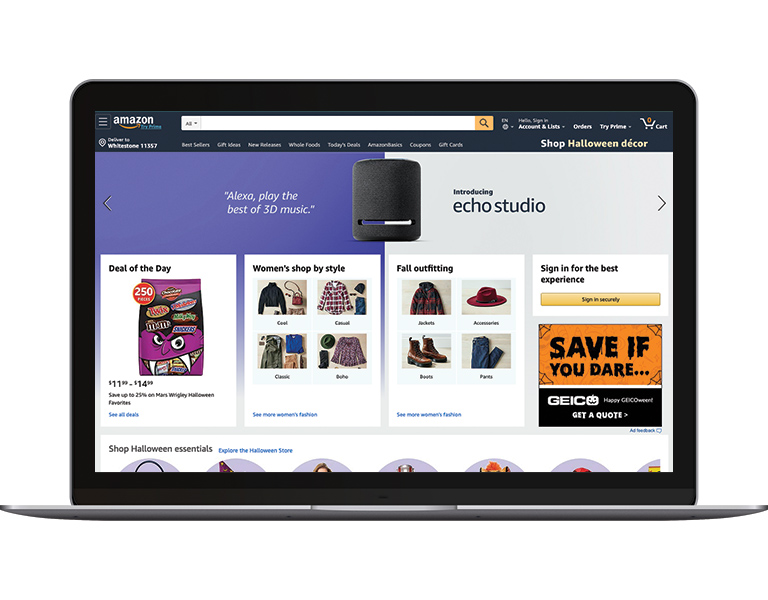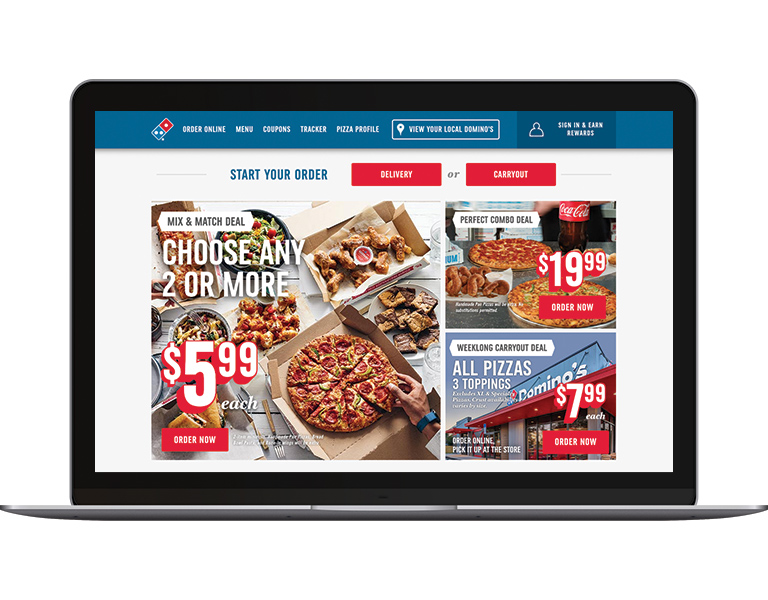October 14, 2019
Supreme Court Rules ADA Protections Apply to Websites
In light of the U.S. Ninth Circuit Court of Appeals recent ruling holding that the ADA protects access not just to restaurants and stores but also to the websites and apps of those businesses, web accessibility is no longer optional. If your website isn’t already accessible—so people with disabilities of hearing, movement, sight, and cognitive ability can use it—making it accessible is essential in your 2020 digital strategy.
Title III of the Americans with Disabilities Act (ADA), requires private sector businesses that serve as places of accommodations, remove access barriers that hinder a disabled person's access to their goods and services. Prior to the last few years, ADA lawsuits focused on physical access barriers to stores, restaurants, theaters, etc. However, recently, thousands of lawsuits have been filed by blind or visually impaired people on the theory that; (1) commercial websites qualify as places of public accommodation, and (2) websites with access barriers (e.g., those not compatible with screen-reading software that vocalizes visual information on a computer screen) deny those same people right of equal access in violation of the ADA.
According to an analysis by Seyfarth Shaw, a law firm that specializes in defending such cases, the number of website accessibility lawsuits filed in federal court under Title III of the ADA exploded in 2018 with 4,965 cases filed in the first six months alone. For 2019, the count is projected to rise to 11,184.

The majority of the lawsuits are for websites being
inaccessible for people with vision impairment or blindness and a small number
of the lawsuits alleging breaches of the ADA in relation to people with hearing
difficulties. Some of the more high-profile defendants for these lawsuits
include Nike, Amazon, Domino’s Pizza, Converse, Faberge, Timex, Hershey’s, the Wall Street Journal, CNN, Rolex, Fox News
Network, and Netflix.
Mendizabal vs. Nike

In Dec 2017, Maria Mendizabal, who is legally blind, brought forward a class action case against Nike on behalf of herself and consumers in a similar situation. Mendizabal initiated the case due to Nike’s apparent failure to “design, construct, maintain, and operate its website to be fully accessible to and independently usable to blind or visually-impaired people.” This denial of full and equal access to its website and corresponding denial of its products and services is seen as a violation of the ADA.
She is seeking a permanent injunction forcing Nike to update its websites to conform to accessibility standards and awards in damages, court costs, attorney fees, and pre- and post-judgment interest.
Bishop vs. Amazon.com

Amazon's Website HomepageIn 2018, Cedric Bishop filed a class action case against Amazon.com. Bishop is visually impaired and legally blind and requires screen-reading software to read website content using his computer. He claimed Amazon’s website is not equally accessible to blind and visually impaired consumers and, therefore, violates the ADA.
He is seeking a permanent injunction to cause a change in Amazon’s "corporate policies, practices, and procedures so its website will become and remain accessible to blind and visually impaired consumers".
Robles vs. Domino’s Pizza

Dominos Website HomepageCalifornia resident Guillermo Robles filed a lawsuit against Domino's in 2016 after he tried ordering a customized pizza online. Robles is blind and uses screen-reading software. According to Robles, he was unable to order a pizza online because Domino’s did not design its website or app to be compatible with the software. He claimed the company was in violation of the ADA.
In January 2019, The Ninth Circuit ruled the ADA does apply to Domino’s website and app because limiting access online essentially prevents a customer's access to services at the company’s physical locations.
In October 2019, Domino's asked the Supreme Court to overrule the January decision. The court denied Domino’s petition and turned down the appeal. The Ninth Circuit ruling was upheld, clearing the way for blind people to sue businesses if their websites are not accessible.
Beyond the rulings
Accessibility overlaps with other best practices such as mobile web design, device independence, multi-modal interaction, usability, design for older users, and search engine optimization (SEO). Almost without exception, Google ranks websites with accessibility techniques included in metadata, content, visual design, and development better in organic search. Why? Search engine crawlers can’t see or hear, and they only use a keyboard, similar to many people with disabilities. Accessible websites have better search results, reduced maintenance costs, and increased audience reach.
Plus, web accessibility benefits not only people with disabilities but also people without disabilities; for example, video with closed captions can benefit people with hearing loss, in addition to people in an environment where they cannot listen to the audio.
Getting started
Web accessibility depends on several components working together, including web technologies, browsers and other "user agents", authoring tools, and websites. The W3C Web Accessibility Initiative (WAI) develops technical specifications, guidelines, techniques, and supporting resources that describe accessibility solutions. These are considered international standards for web accessibility; for example, WCAG 2.0 (Web Content Accessibility Guidelines) is an ISO standard.
The most recent version of the WCAG, version 2.1, is an extension of 2.0 and provides even greater criteria for mobile accessibility, individuals with low vision, and individuals with cognitive and learning disabilities.
MCD helps our clients stay ahead by building accessible and usable customer experiences. To learn more about our capabilities, contact us today.
Accessibility for all
The web is for many people, an essential part of daily life. Making it accessible to all is not only the right thing to do and makes the world a better place, but it's now considered law.
The power of the Web is in its universality. Access by everyone regardless of disability is an essential aspect.Tim Berners-Lee, Director of the W3C and inventor of the web